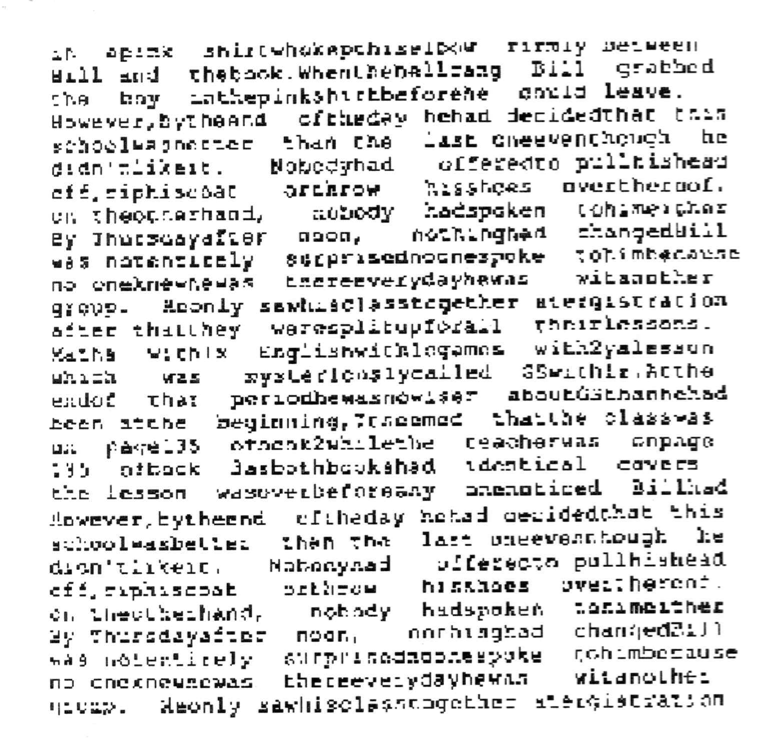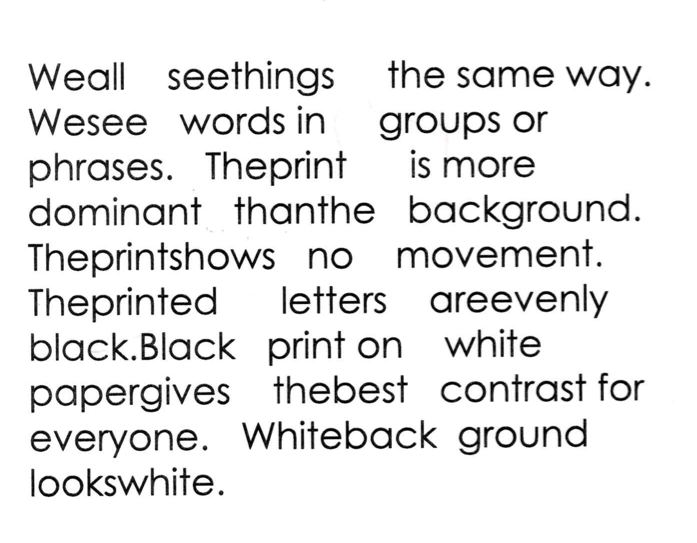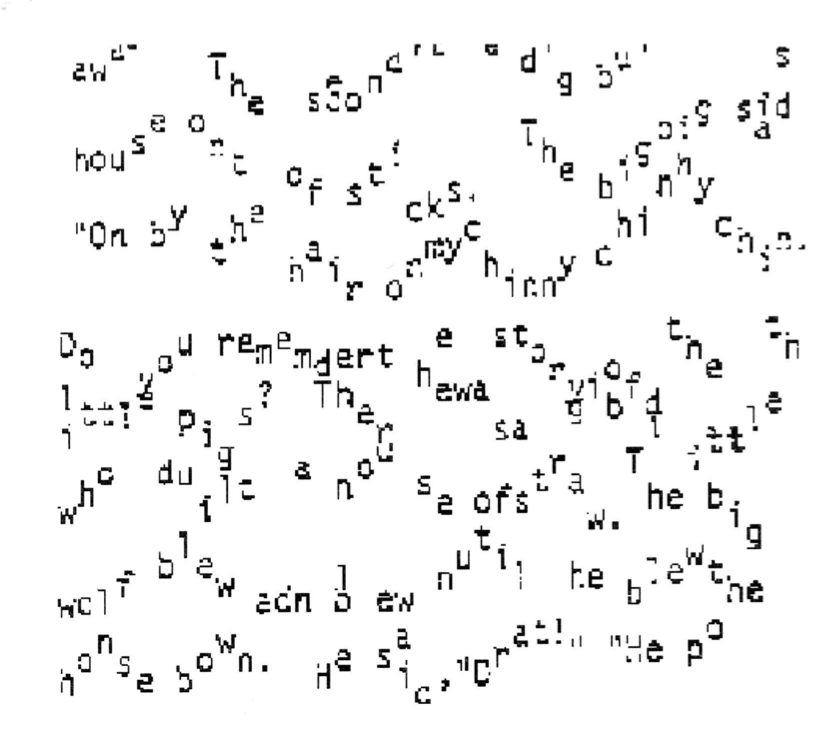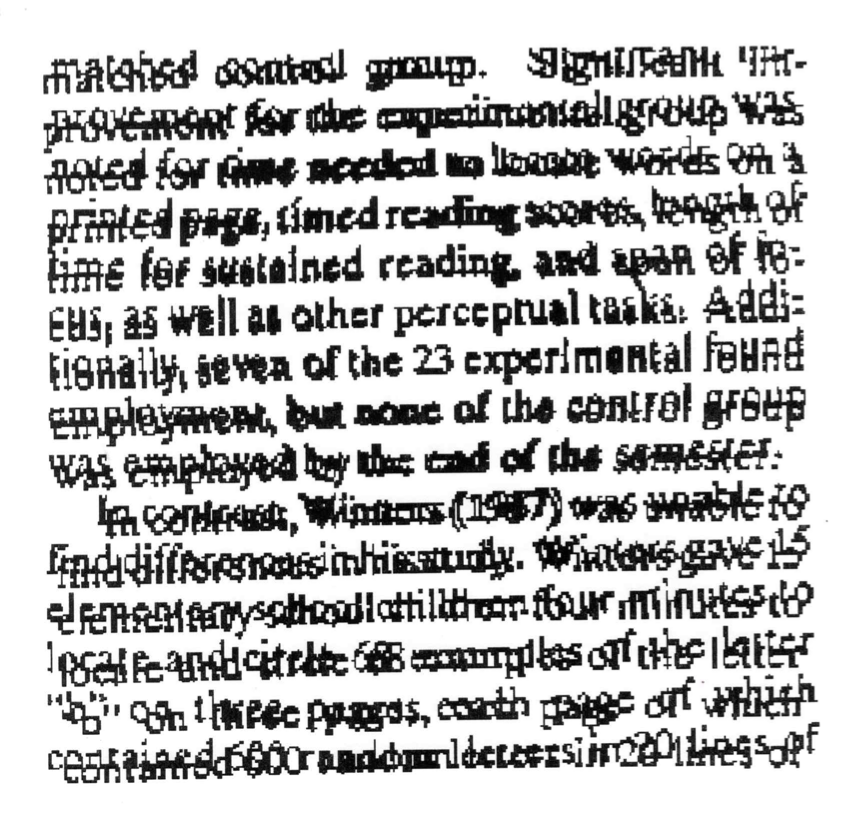People That Differ
Dyslexic or Dumb?
Dyslexia – (1 out of 5 people may be affected).
Individuals with dyslexia have trouble learning to read by the usual methods. They are smart enough to know that they’re not learning what others are learning, so they assume they must be dumb.
It is not known for sure what causes dyslexia. One theory is that, in most of us, only one hemisphere of the brain controls what we are seeing when we look at printed or written words. In dyslexic persons, both parts of the brain try to get into the act. It has been described as trying to listen to a radio program when another station is interfering. We hear two stations at the
same time, but can’t hear either one clearly.
Not everyone who has dyslexia has the same degree of severity. Some people are only mildly affected, others have a moderate problem, but others have a very severe one. Even a moderate degree of dyslexia can cause a person to feel frustrated, unhappy, and lacking in self-confidence.
Without Intervention, people tend to:
1. Memorize or guess.
2. Tire easily because of having to work so hard to read.
3. Get angry.
4. Withdraw from interaction with others.
5. Give up.
When a dyslexic person looks at a word—black, for instance—he does not see the word as most people do. Instead, it is all jumbled up. He may see it as ldcak or some other spelling, with letters turned backwards or upside down, or with letters arranged differently. So is it any wonder that he can’t identify the word as black?
Even worse, the letters may not stay the same way that he first sees them, but may keep changing their shape and position as he looks at them. (Dyslexic persons sometimes grab at a page of printed material, to try to keep letters from moving around.)
Dyslexics see the world differently, and there are lots of ways they see. There is no single pattern of difficulty that affects all dyslexic people. Here are pictures of some of the common ones.
Blurry Halo Rivers



Seesaw Swirl Washout



In teaching a dyslexic person, it is important to begin slowly, so the student can feel in command of the amount of material before him. As he becomes comfortable with the lessons, he may make very rapid progress and the lessons can move much more quickly. But remember, it’s more important that he learns each lesson thoroughly than it is to move quickly.
At first, drills are used a lot. The drill, which by repetition helps the student to make connections, has been compared to a float that saves a swimmer from drowning. Just as practice in sports or music helps students gain skill, the use of drills helps dyslexic students by bringing familiarity and order into their learning.
The tutor should keep the drill moving steadily forward, adjusting it as needed to the age and ability of the student. As the student begins to feel good about learning, he may want to work for longer periods of time. But the work should proceed slowly enough that the tutor can correct handwriting or other errors as needed. With severe cases of dyslexia, a student may only be able to complete a few words in a session. But being successful with that amount of material can greatly help his self-esteem.